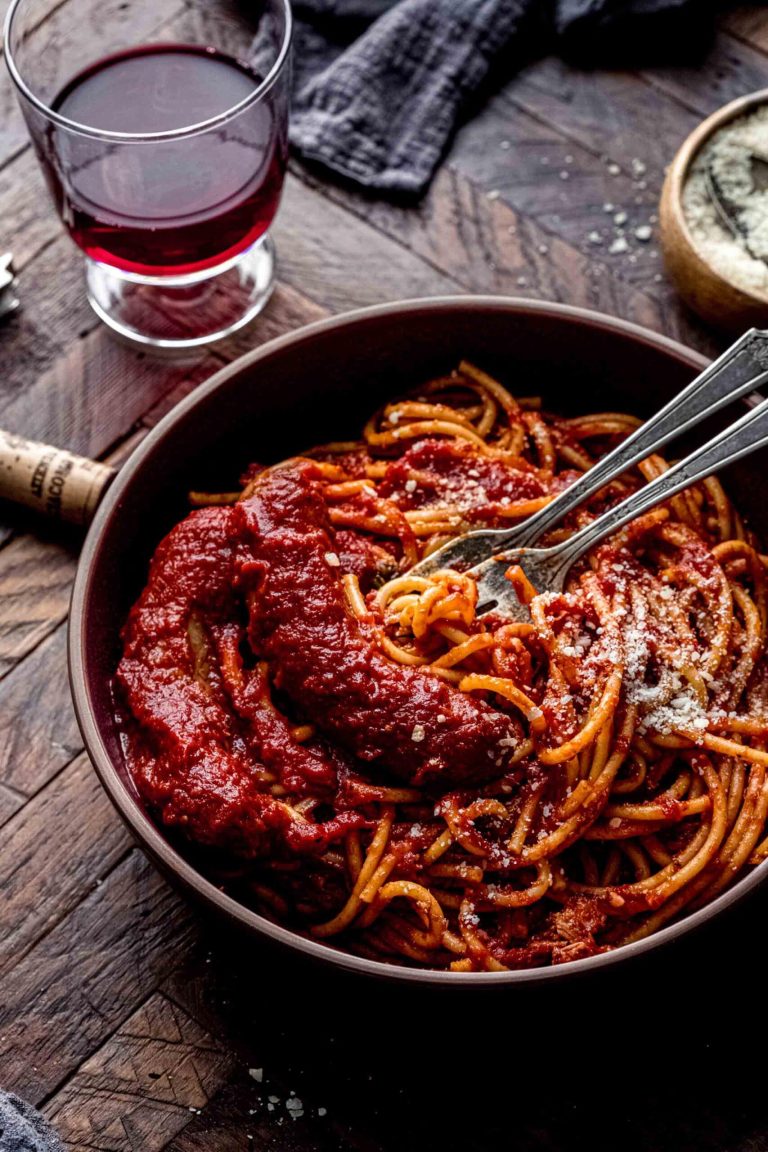Chicken Caesar Salad: History, Health Benefits, and Perfect Serving Tips
Caesar Cardini, an Italian-American restaurateur, invented Caesar salad in Tijuana, Mexico, in the 1920s. His restaurant, Caesar’s, became famous for this dish, which combined romaine lettuce, croutons, Parmesan cheese, and a unique dressing made with raw egg, Worcestershire sauce, lemon juice, anchovies, garlic, Dijon mustard, olive oil, and black pepper. According to authoritative sources like the International Culinary Center, the salad quickly gained popularity due to its bold flavors and simple preparation.
Introduction of Chicken
Grilled chicken became a staple addition to Caesar salad much later, enhancing its nutritional profile and making it a more substantial meal. This adaptation started in North America during the latter half of the 20th century, driven by a growing trend towards protein-rich diets. The versatility of chicken complements the salad’s core ingredients, maintaining the original flavors while offering a heartier experience.
Key Ingredients Explained
Lettuce Varieties and Preferences
Romaine lettuce is the go-to choice for a classic Chicken Caesar Salad. It’s crisp, mildly bitter, and holds up well against the weight of the dressing. While romaine is traditional, some prefer using kale or mixed greens for added texture and nutrition. Kale offers a robust texture and earthy flavor, but its tougher leaves might alter the salad’s balance. Mixed greens can add variety, though they may not provide the same crunch as romaine.
The Role of Chicken in the Salad
Chicken adds substantial protein to the Caesar Salad, making it a fulfilling meal. Traditionally, grilled chicken breast is used; it’s lean, easy to slice, and complements the salad’s flavors without overpowering them. Some might opt for roasted or poached chicken for a different texture and flavor profile. Using skinless, boneless chicken breast ensures a healthier option, reducing fat while maintaining high protein content.
Dressing Ingredients and Variations
Caesar dressing is the defining element of the salad. It typically consists of raw egg yolk, anchovies, garlic, lemon juice, Dijon mustard, Worcestershire sauce, and olive oil. These ingredients create a creamy, tangy, and umami-rich dressing that coats the lettuce perfectly. For variations, some use Greek yogurt instead of egg yolk to reduce calories, or add a touch of balsamic vinegar for sweetness. Anchovy paste can replace whole anchovies for convenience, and variations incorporating avocado or herbs like parsley can add a unique twist.
Culinary Techniques for the Perfect Salad
Preparing the Chicken
Cook the chicken to achieve a juicy, tender texture. Use boneless, skinless chicken breasts. Season with salt, black pepper, and a squeeze of lemon juice for a fresh flavor. Preheat a skillet over medium-high heat with a splash of olive oil. Cook the chicken for 6-7 minutes on each side. Aim for an internal temperature of 165°F (74°C) using a meat thermometer to ensure it’s fully cooked. Let the chicken rest for 5 minutes before slicing it into thin strips or bite-sized pieces to enhance texture and flavor distribution.
Tossing for the Best Texture
Tossing the salad ensures even coating of the dressing and balanced flavor. Start with clean, dry lettuce; excess moisture can dilute the dressing. Place the lettuce in a large bowl, and add the dressing gradually while gently tossing. Use tongs to lift and drop the leaves, ensuring every piece gets coverage without becoming soggy. Incorporate croutons and Parmesan cheese at this stage to maintain their crunch. Keep the tossing gentle to avoid bruising the delicate leaves, which helps to retain the salad’s fresh, crisp texture.
Serving and Presentation Tips
Ideal Accompaniments
Choose accompaniments to complement the classic Chicken Caesar Salad, enhancing its flavors. Garlic bread offers a crunchy, garlic-infused counterpart. Another suitable choice is a light vegetable soup, which provides a refreshing balance. Consider serving with chilled white wine, like Chardonnay, to elevate the dining experience.
Creative Plating Ideas
Present your Chicken Caesar Salad to impress with a few creative plating techniques. Use a large, shallow bowl to highlight the salad’s vibrant ingredients. Arrange chicken slices evenly over the top, ensuring an eye-catching display. Sprinkle croutons and shaved Parmesan in a uniform pattern. Add a lemon wedge on the side for a touch of color and freshness. For an elegant touch, drizzle dressing in a spiral pattern over the salad. These tips elevate the presentation, making the dish visually appealing.
Health and Nutrition Information
Caloric Content Analysis
A classic Chicken Caesar Salad typically contains 500-600 calories per serving. This count includes the grilled chicken, Caesar dressing, croutons, and Parmesan cheese. The dressing is often the most calorie-dense component. Using a lighter version of Caesar dressing or reducing the amount can lower the overall caloric intake. Knowing the caloric content helps in maintaining balanced dietary goals.
- Grilled Chicken: Provides lean protein, essential for muscle repair and growth.
- Romaine Lettuce: Low in calories and high in vitamins A and K. Helps boost immunity and bone health.
- Caesar Dressing: Rich source of healthy fats if made with olive oil instead of traditional mayonnaise.
- Parmesan Cheese: Supplies calcium and protein but should be used sparingly due to high sodium content.
- Croutons: Add texture and provide carbohydrates for energy. Choosing whole-grain options boosts fiber intake.
Conclusion
Whether you’re a seasoned chef or a home cook, mastering the classic Chicken Caesar Salad is a rewarding culinary endeavor. With its rich history and versatile preparation techniques, this salad offers both flavor and nutrition. By focusing on quality ingredients and mindful presentation, you can elevate this timeless dish to new heights. Remember to balance the caloric intake and opt for healthier ingredient choices when needed. Enjoy creating and savoring this beloved classic that never goes out of style.





